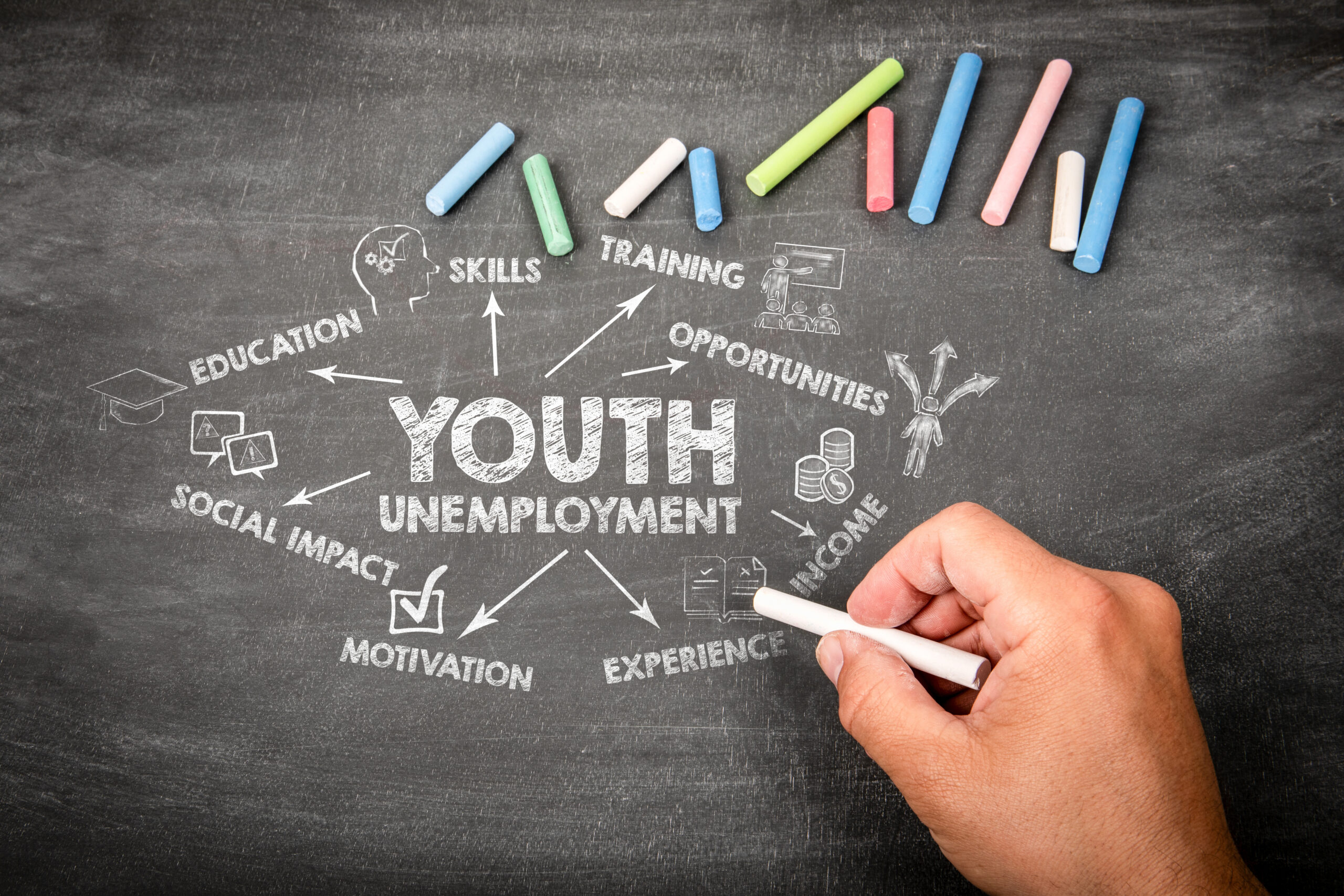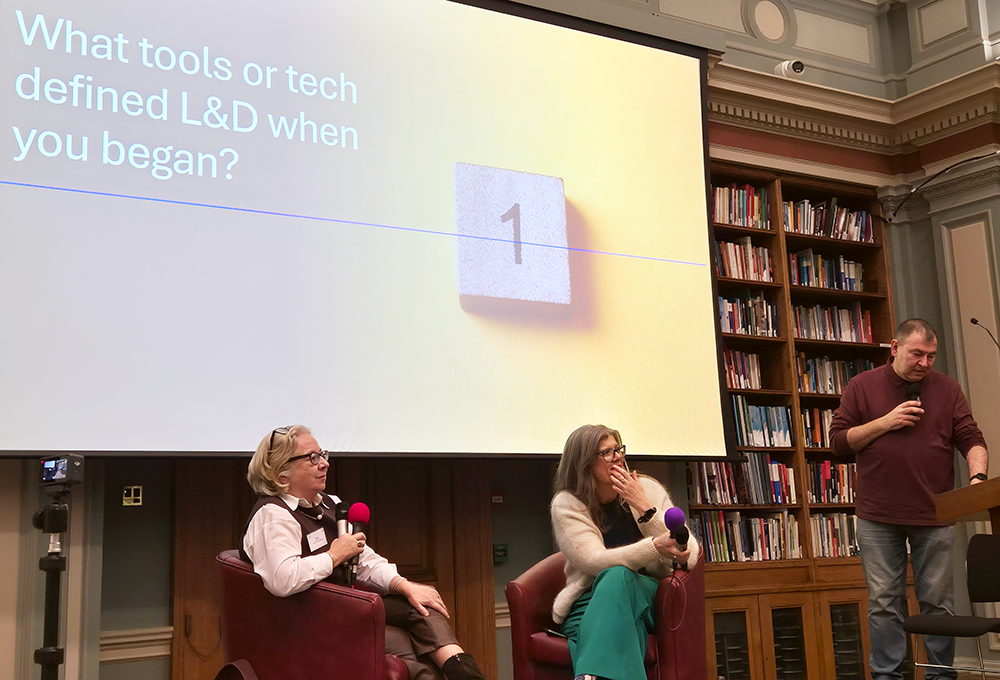Companies must focus on creating a more inclusive workforce that makes the most of every age group, says Dan Gates.
Reading time: 6 minutes.
We are all aware of issues surrounding discrimination in the workplace. After all, companies are investing record figures in diversity training. However, the conversation of workplace discrimination tends to focus primarily on race and gender.
Ageism is just as prevalent an issue. Research conducted by AARP found that 64% of workers have witnessed or experienced age discrimination. While there is a level of awareness surrounding ageism in the workplace, this is almost entirely focused on discrimination towards older people. Little attention is paid to bias against young people in the world of work.
The aforementioned AARP study reveals that 58% of adults believe age discrimination begins among workers in their 50s. The Age Discrimination Employment Act (ADEA), which was passed in 1967, doesn’t apply to workers under the age of 40.
In theory, age-based discrimination is just as unacceptable as race, gender, and sexuality. Yet it often falls under the radar. The problem is that ageism is more than overt discrimination. Companies also need to recognise implicit bias and naturalised misconceptions about a person’s ability based on their age.
Once we train ourselves to recognise bias, we are likely to see examples of it everywhere. The key is to scrutinise things that may seem innocuous to the untrained eye. Below are just a handful of things you might recognise.
Biased language in job descriptions
How many job applications have you come across that use words like ‘go-getter’, ‘enthusiastic’ or ‘forward-thinking’? Now picture the kind of person who you feel best fits these descriptive terms. Chances are they’re a young person. These terms characterise older people as less energetic, and less willing to learn new skills.
The Age Discrimination Employment Act doesn’t apply to workers under the age of 40
But before you start thinking that job descriptions are completely biased in favour of younger people, consider the esoteric nature of certain corporate buzzwords. Acronyms are a particular example.
Many younger candidates may not know the meaning of ‘KPIs’ or ‘SLAs’ unless they’ve been in the workforce for several years. It is likely they have experience managing their workload or adhering to deadlines, especially if they’re college graduates.
However, if they haven’t encountered this kind of corporate shorthand before, they can be made to feel unqualified.
Restrictive attitudes towards skills development
The stereotype persists that old people are reluctant to pick up new skills, hence the saying ‘you can’t teach an old dog new tricks’. This misconception can not only deter older people from new employment opportunities, but it can also inhibit their progress at work.
Many jobs come with an abundance of learning opportunities. These can range from training schemes and conferences to reimbursing tuition fees for higher education courses.
Unfortunately, these tend to be offered to younger people, who are considered more willing and eager to learn than their older colleagues.
If organisations can see past out-dated perceptions and arbitrary criteria, they will be able to truly recognise candidates’ raw skills and talents.
This leads us to ask, are some companies unfair in asking for a certain amount of experience? While it is important for employers to understand the level of skills a candidate will have, younger people’s raw skills and potential are immediately excluded from the job pool.
If we move away from using years of experience to quantify a person’s abilities, more young people would be able to gain a step on the job ladder.
Misconceptions surrounding job mobility
Just a quick search of ‘millennials in the workplace’ in Google will bring up scores of articles. Each one will claim that they’ve cracked the code for attracting the next generation of workers. And yet few seem to acknowledge the implications of making such sweeping claims about an entire age group.
A common term used when describing millennials in the workplace is ‘workplace mobility’, or ‘job-hopping’. The idea is that younger people are much less likely to stay with a company long-term, whether they’re susceptible to ‘millennial boredom’ or tempted by more lucrative offers.
In comparison, nearly every company has an office ‘stalwart’, someone whose been with the company for years. Their job is all they know, and they might even be on the cusp of retirement.
If a company is facing financial uncertainty and cuts need to be made, who do you think is more likely to be let go? Chances are it’ll be the one who’s been at the company for a shorter amount of time.
This is especially true if companies operate a ‘last in, first out’ policy. It should also be considered that younger workers are less likely to have families to support, making it somewhat ‘easier’ for companies to lay them off.
Ultimately, in the interest of fairness, companies looking to downsize or reshuffle their workforce need to put performance at the forefront, rather than age or their length of time at the company.
Inappropriate remarks in the workplace
Sometimes it’s playful and well-intentioned. Other times it’s malicious. Regardless of the intent, jibes about age are inappropriate for the workplace. It may seem lighthearted to make comments about an older employee approaching retirement.
Perhaps they take slightly longer to learn a new software program, or less likely to attend social activities outside of work?
But imagine if they feel insecure about how their age may affect their position in the company. These types of remarks can often go unnoticed, as ageism in the workplace may not be taken as seriously as racism or sexism.
Again, this type of behaviour can cut both ways. Saying that a younger member of staff is ‘inexperienced or ‘wet behind the ears’ means you are making assumptions about someone’s ability based on their age.
However, because ageism is viewed as only affecting older people, these kinds of remarks often aren’t considered to be discriminatory.
Instead, a young person may feel as though they must ‘prove’ their skills and capabilities, despite being subject to the same hiring process as their older peers.
How do we curb ageism in the workplace?
While unconscious bias cannot necessarily be controlled, steps can be taken to minimise its impact in the workforce. Companies need to be proactive in attracting candidates of all ages, as well as creating a more inclusive workforce. Here are just a few steps companies can take:
- Implement anonymous or blind recruitment
Companies looking to create a more diverse workforce would benefit from removing personal details from CVs and job applications, such as a candidate’s age. This means that when shortlisting candidates for interviews, they are making their decisions based purely on skills and merit.
- Make sure ageism is part of any upcoming diversity training
Diversity training certainly has its pitfalls. For example, it is rather difficult to measure its actual long-term impact. Many companies also fail to follow up on the training. This means any lessons learned are often left at the door when the training finishes.
However, at the very least, including ageism in diversity training will increase awareness of age-related issues in the workplace.
- Introduce mentoring schemes
Younger employees may feel as though they have a lot to learn, and older employees can feel their experience is being underutilised. A mentoring scheme can solve both of these issues with one fell swoop. This creates mutual learning opportunities for both older and younger employees.
About the author:
Dan Gates is a growth marketer for Applied



